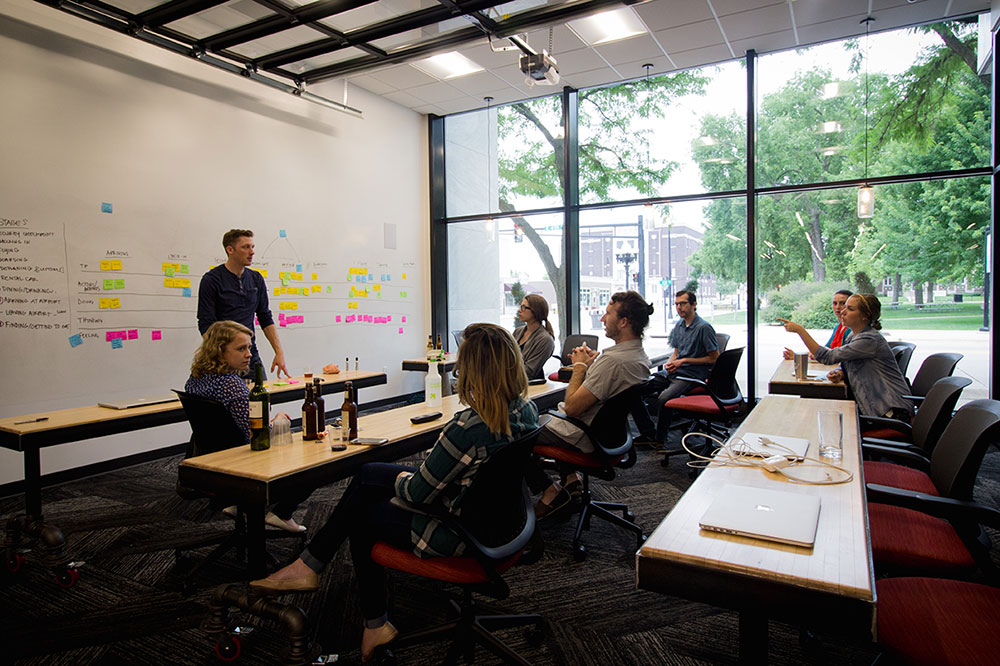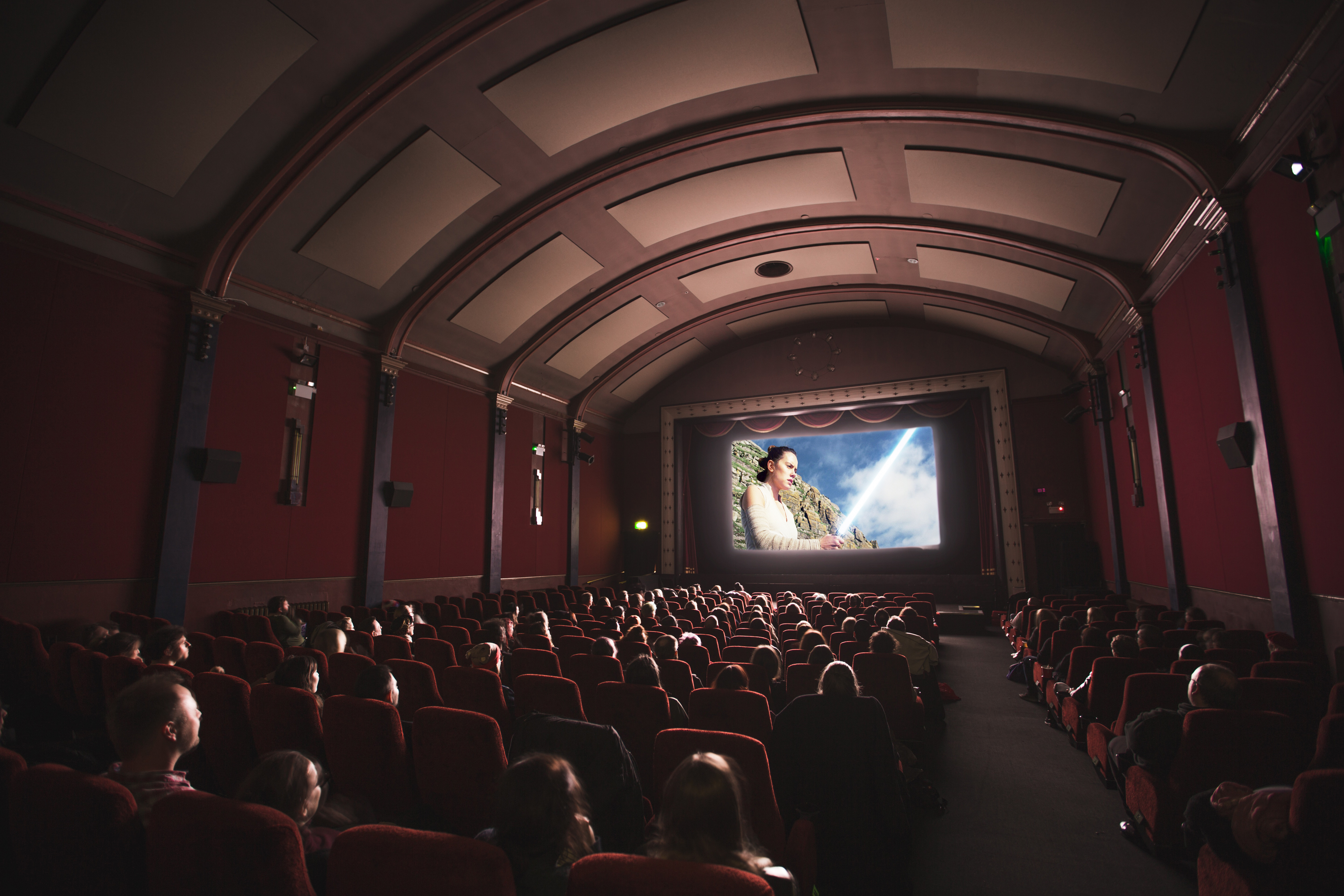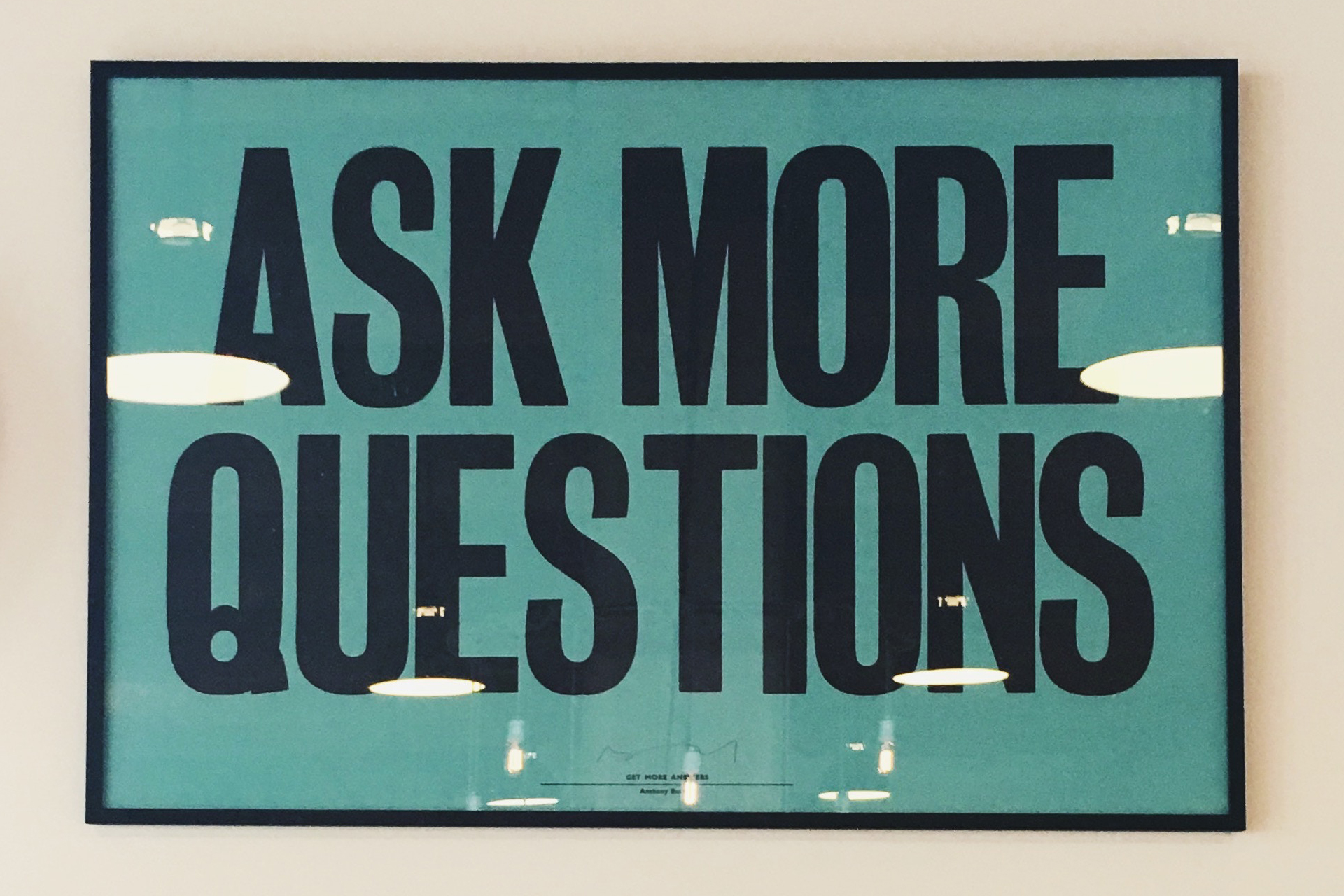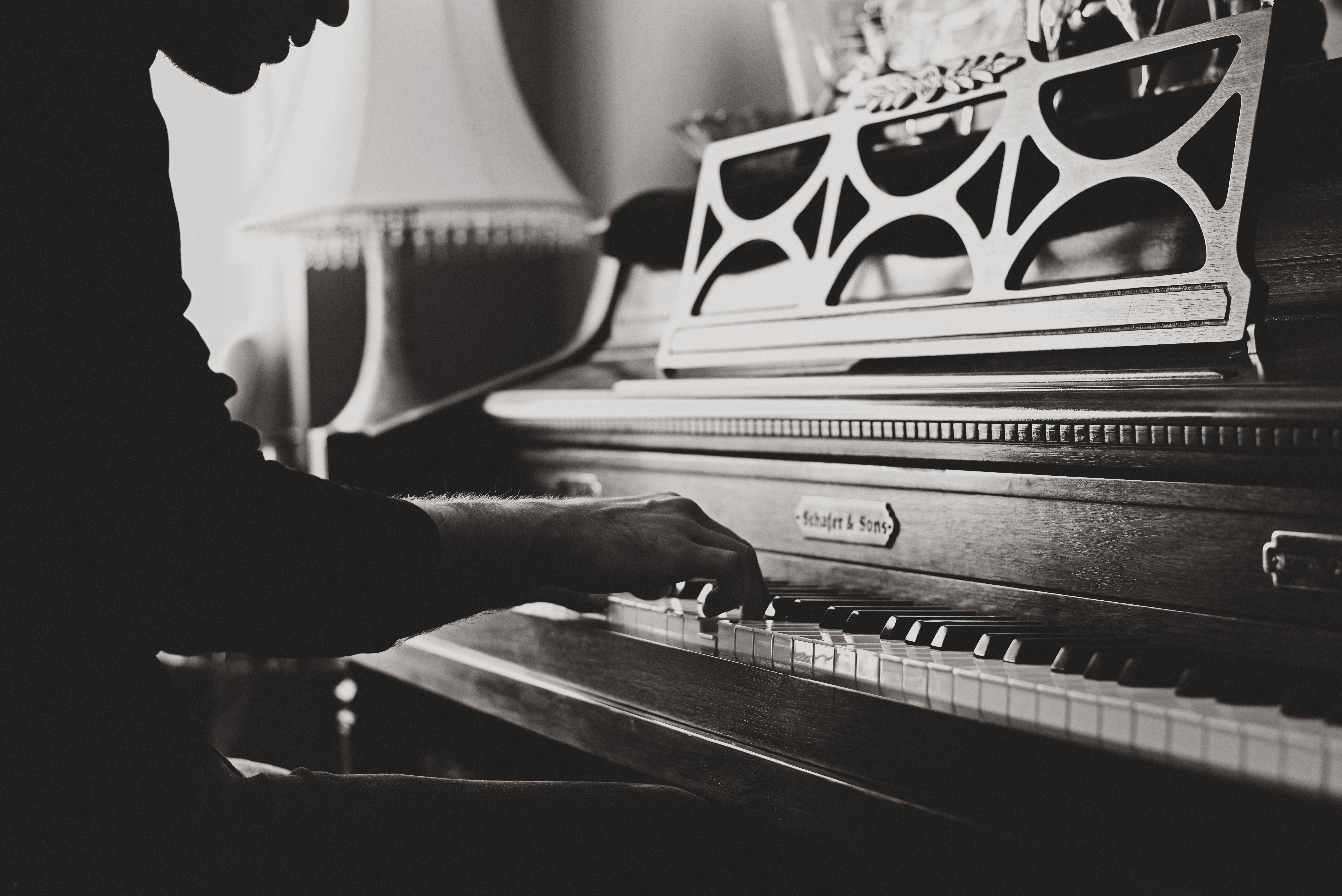Does Customer Age Matter For My Product?
4 min read
Age is a sensitive subject. It strikes chords and conjures preconceptions about a person’s worldview and, frankly, their capabilities. But is there value in age-related stereotypes? It feels rebellious to say it out loud, but yes. As an innovator, it’s okay (and maybe even in your best interest) to design a product or service that favors a certain age group.
Before we get into it, though, let’s clear the water before we enter it: user experience design (UXD) revolves around understanding goals and behaviors—not demographics. It relies on research-based profiling of real people (we call these profiles personas), and age just happens to be one of the demographics by which a target user can be personified.
Here are some guidelines for discerning when and how to design an experience around a specific age group:
Understand your product and who should be using it.
It seems backward to have to go through a discovery phase with your own project—your brainchild. But how often does a business idea evolve as it’s developed? Rhetorical question.
A synthesized report of user research findings helps to refine your product’s niche. It guides your team’s understanding of the product by clarifying to whom, and under what circumstances, it would be most valuable. One of the many considerations your team will encounter as they define your product’s pending customer base is how relevant the user’s age is to the experience. How do you know?
As you analyze research findings, look for behavior patterns. Why are these behaviors emerging? Could age be a factor? If so, then the user’s age could be relevant to the product’s experience design.
Additionally, there are two scenario paths by which user age influences a product’s experience design:
- Your niche is limited to a narrow range of ages.
- Your product has potential to serve a wide span of ages, but the experience would be better if tailored to a certain generation.
For example, restaurant + arcade businesses should be—and are—hyper-sensitive to the age of their customers. Everyone needs a little food, fun, and excitement, but those commodities look different for different ages. Chuck E. Cheese’s and Dave and Buster’s may seem like very different places, but the only real difference is that one is designed for kids and the other (more so) for adults.
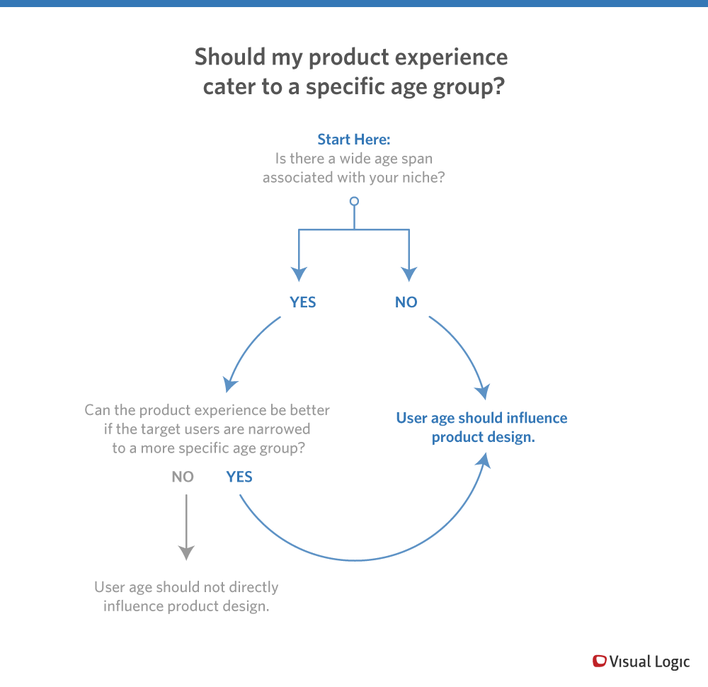
How will designing for age-specific groups affect your product?
You’ve determined that user age will influence your product design. What does that mean for your product and the way it’s designed?
The overarching formula for designing a successful product remains the same: set out to serve and support the user’s goals, motivations, and behaviors. However, cognitive and physical abilities vary greatly across age groups (attention span, motor skills, dexterity, digital nativity), as do mental models around identical scenarios.
As an innovator, you have to play to these age-linked constraints and strengths to enhance the experience, and yet welcome “outsiders.” Make age a distinguishing quality as you build out primary and secondary personas. This narrows your focus and allows you to super-serve the primary target without alienating other age groups.
Let’s revisit the Chuck E. Cheese example. Parents have to accompany children to the restaurant, making them secondary personas. While Chuck E. Cheese hasn’t made the experience exceedingly palatable for the taxi drivers, they haven’t forgotten them, either. They serve wine and beer, offer free wifi, and make safety and sanitation a priority.
Have you heard of the game Pokémon Go? That monster has pocketed an entire age group, and then some. Forty-six percent of PGO users are between the ages of 18 and 34, and I think it’s clear why—nostalgia. They’re the ones who remember training, battling, and catching ‘em all back in the early 2000s. PGO was artfully-crafted with obvious nods to the original game (hit points, experience points, Pokédex) to draw out dormant Pokémon trainers around the world, but the game designers also succeeded at inviting new users to get in on the fun. There are no barriers for a 12-year-old (or a 50-year-old) to play the game—and love it. It appeals to human inclinations to collect, nurture, and conquer, and it’s easy to learn across age groups.
To recap, immersive experiences are hinged on customer behaviors, motivations, and habits—not demographics. But occasionally, age can lend clues as to how to best speak to those intangibles. When that happens, narrow your scope to a specific age-range to turn your product from something great into something amazing.
